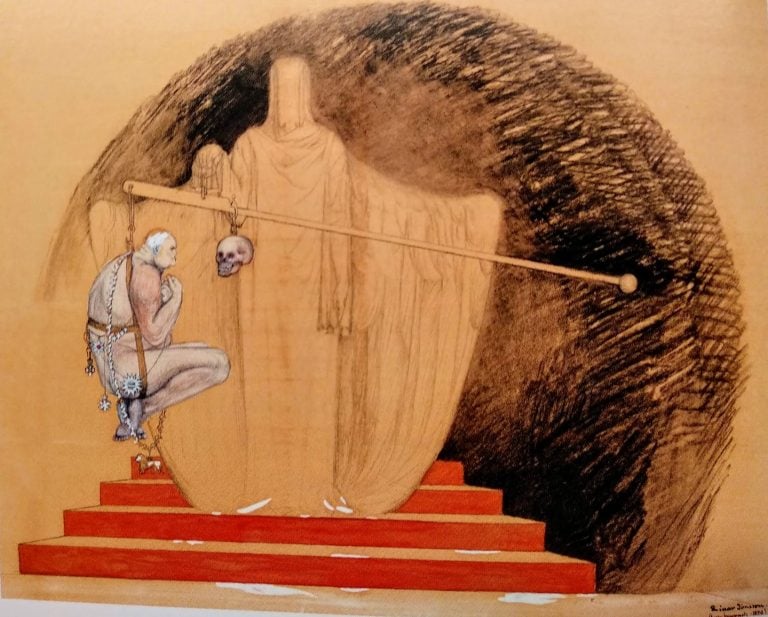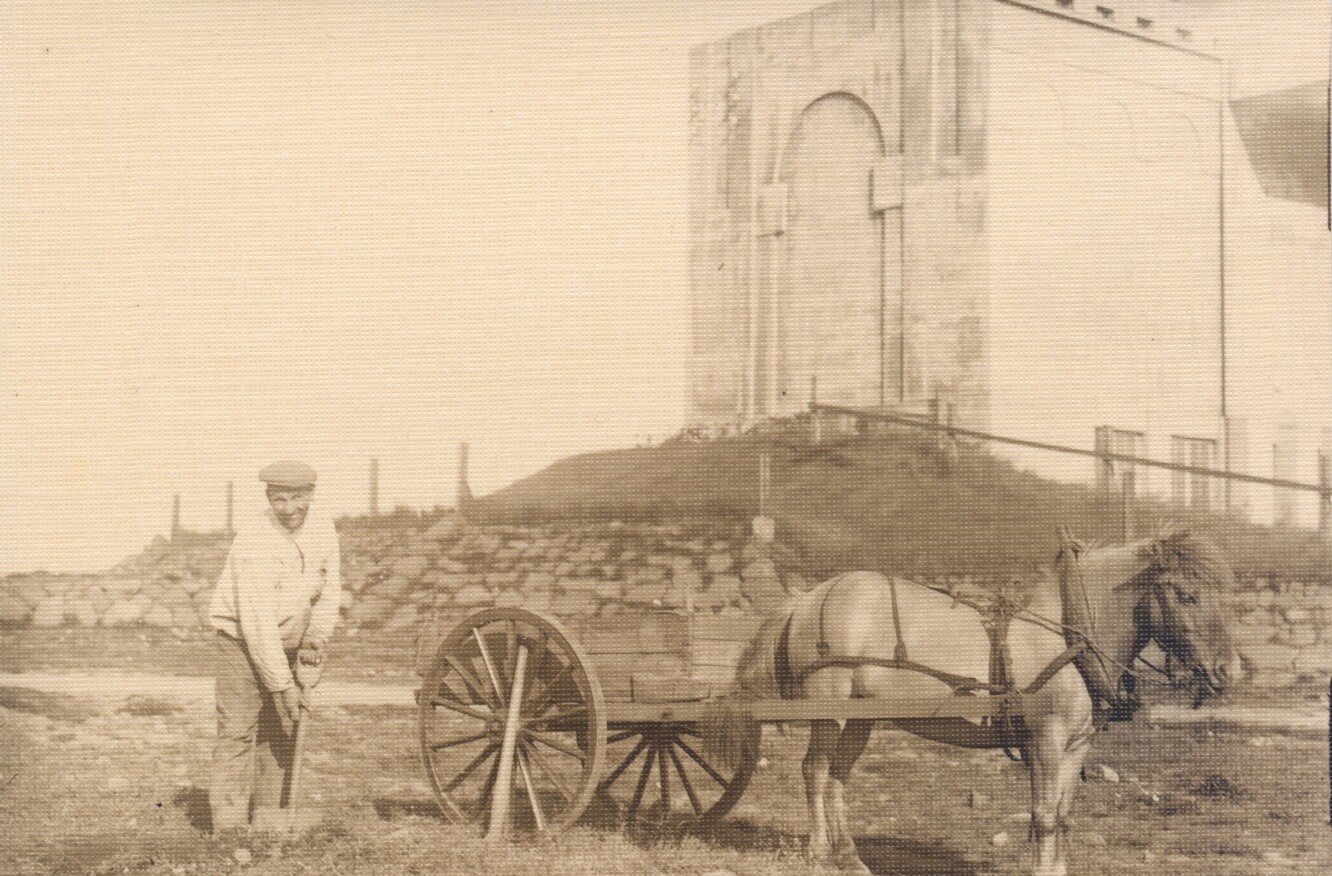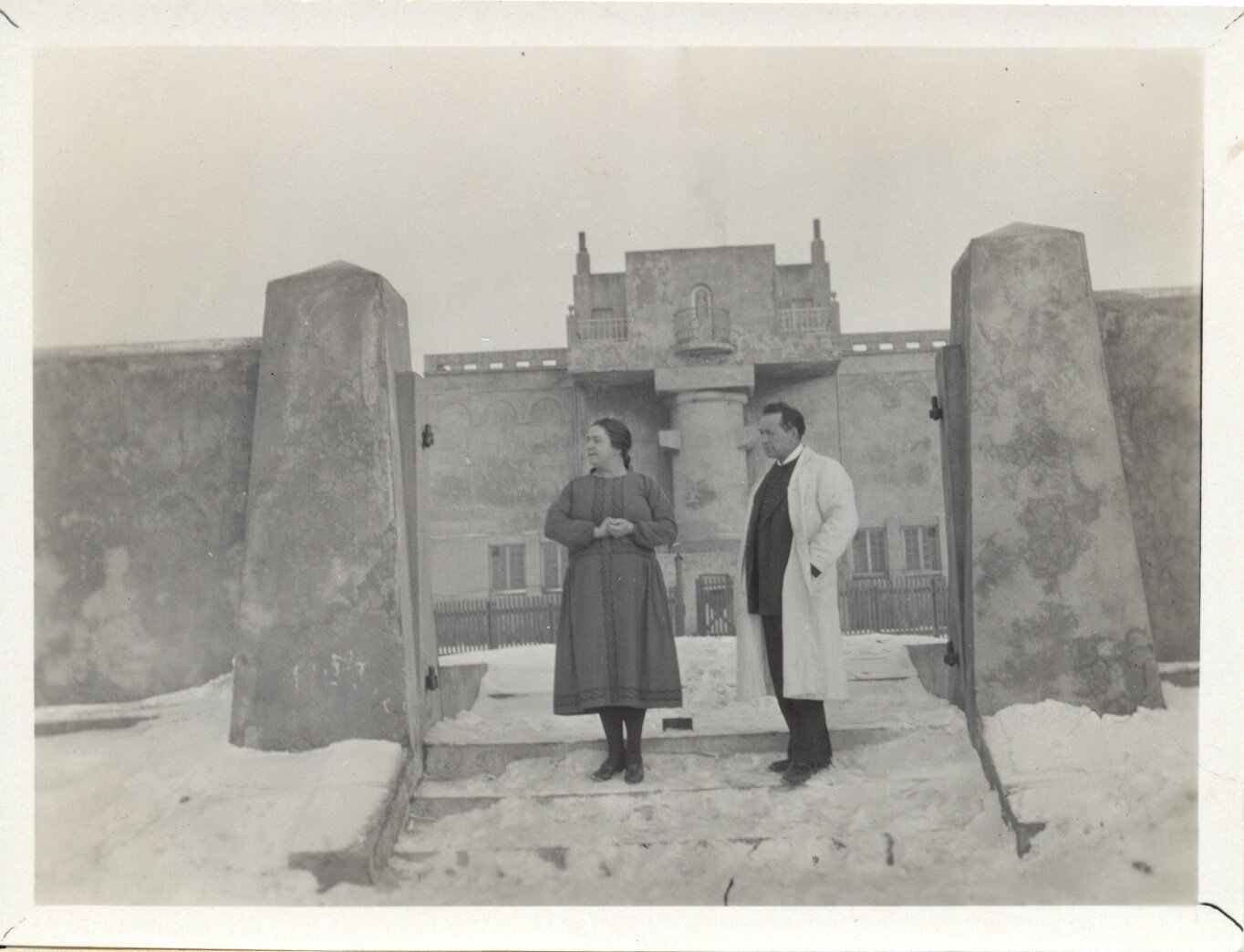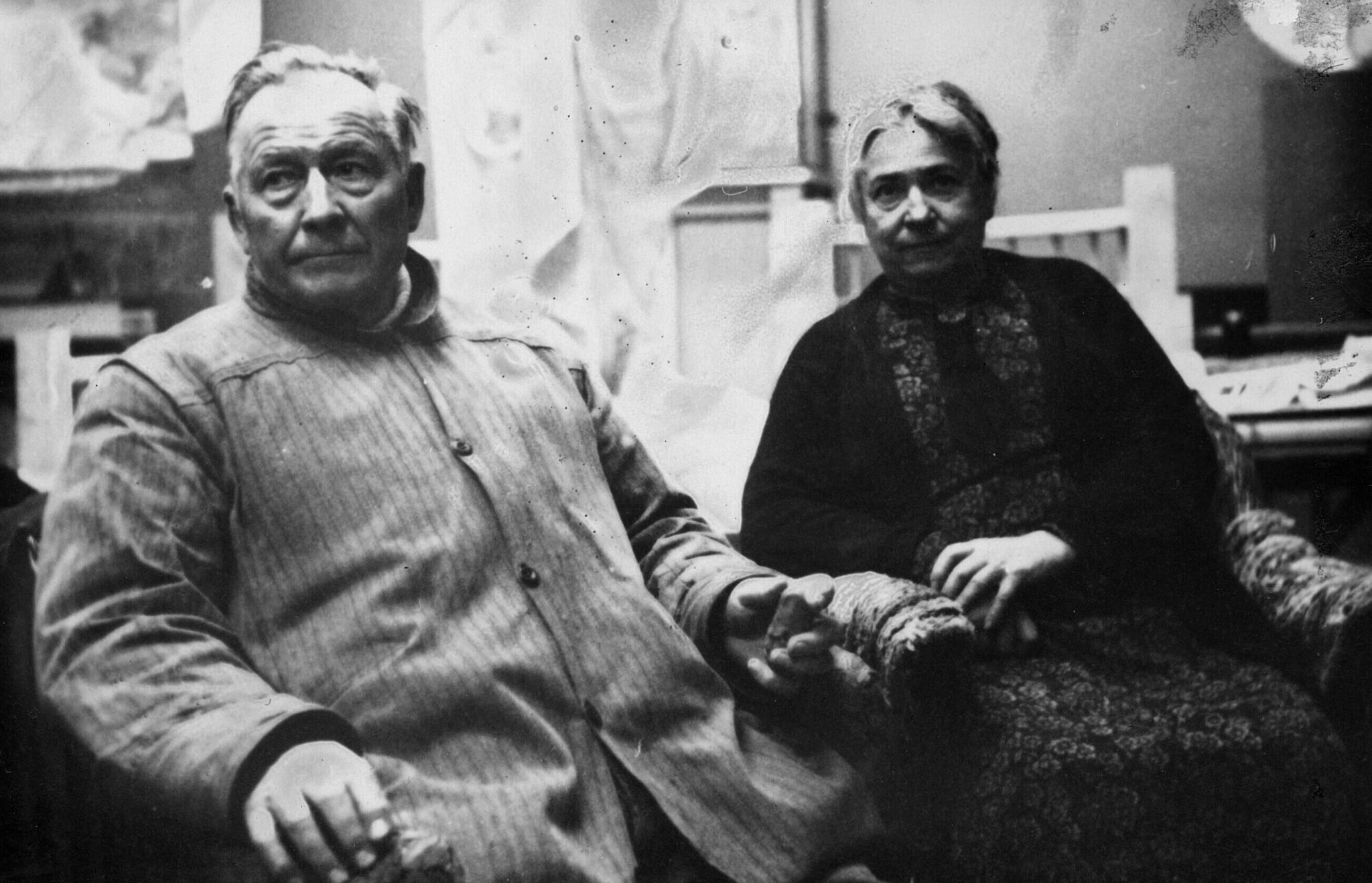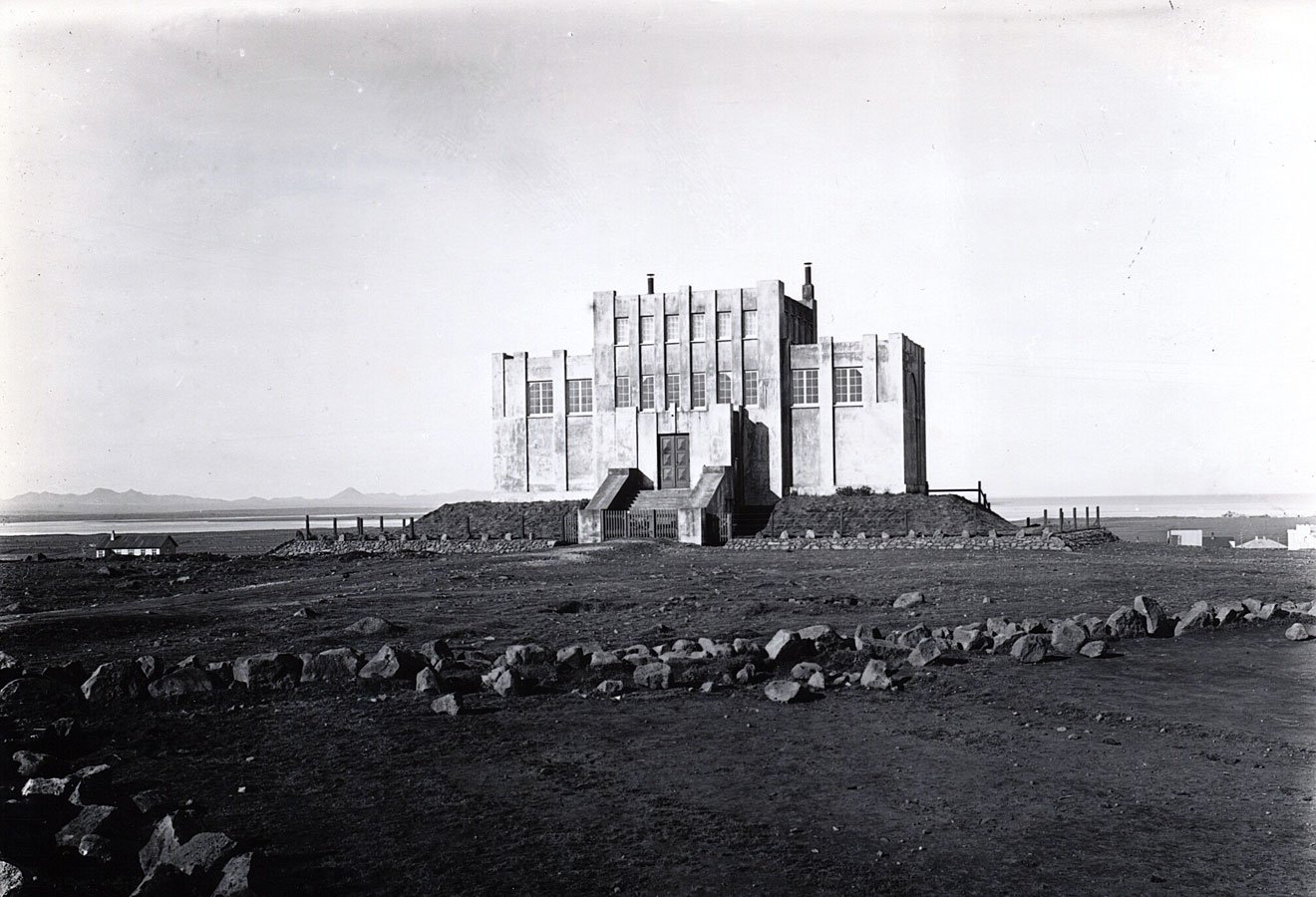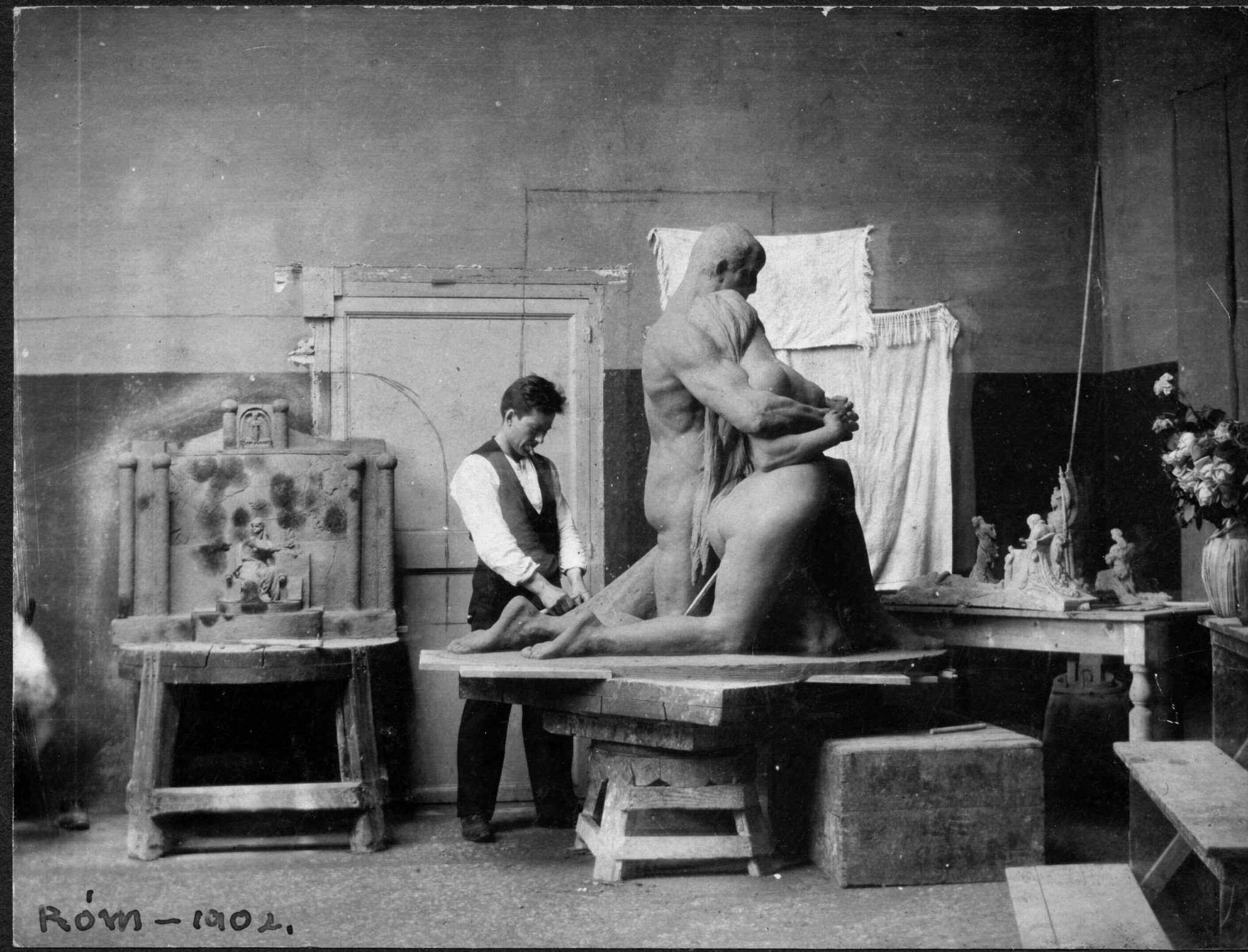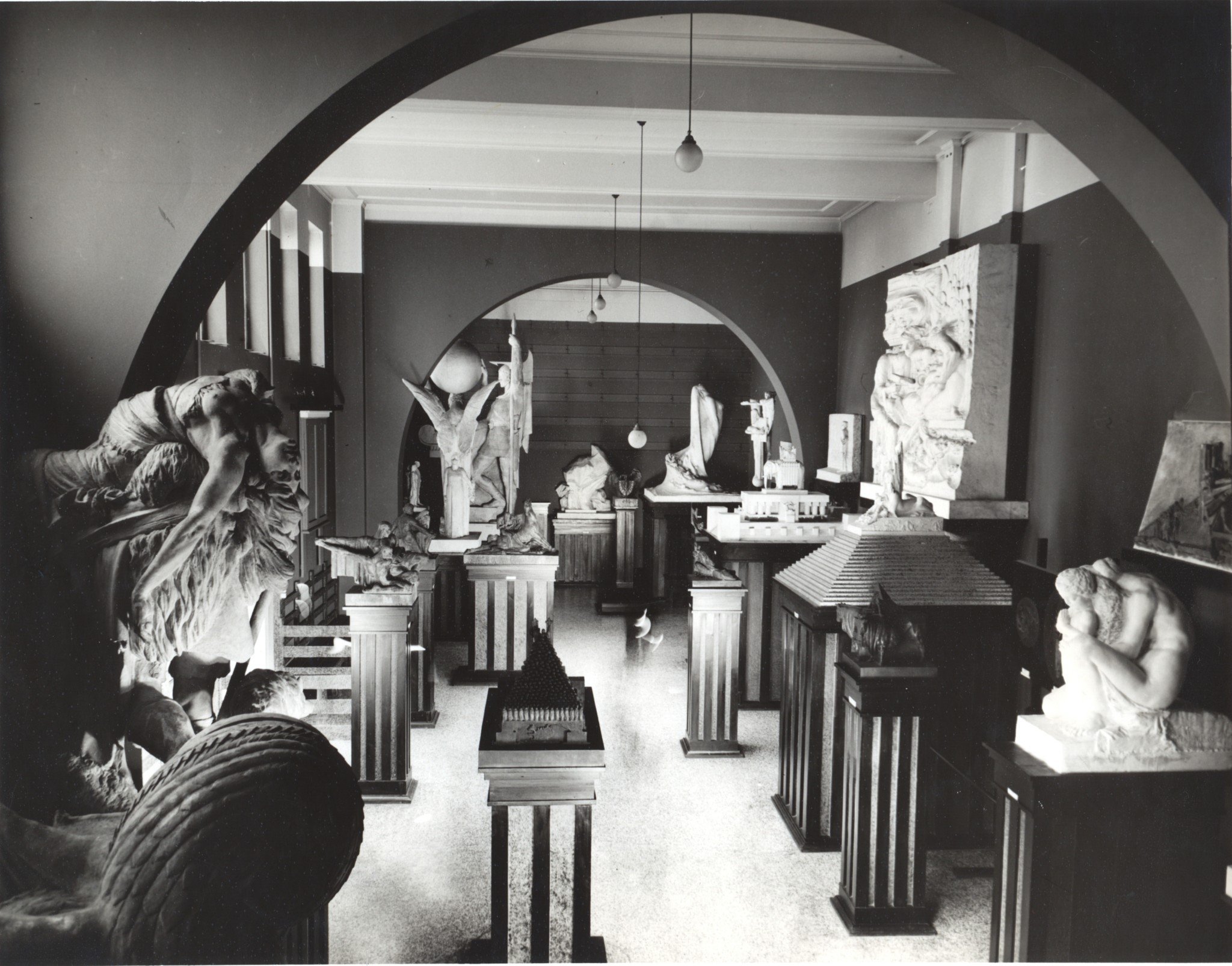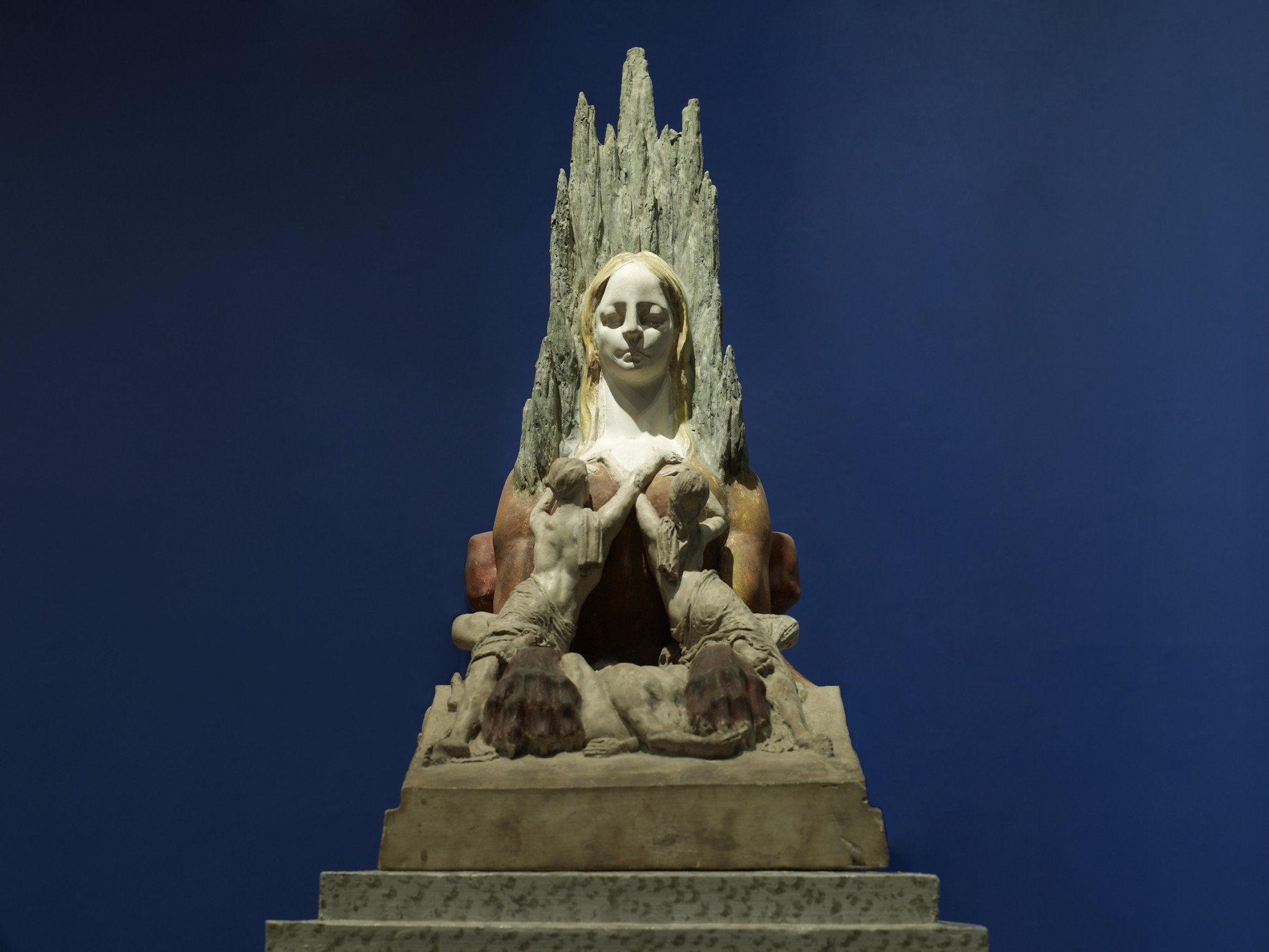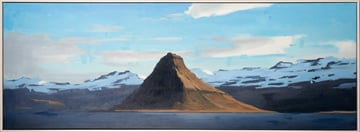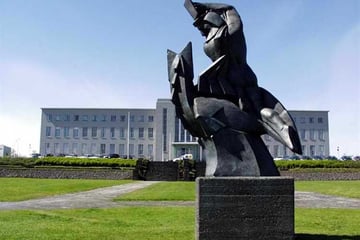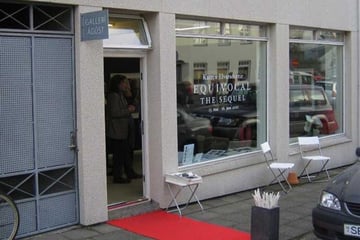Einar Jónsson (11 May 1874 – 18 October 1954) was an Icelandic sculptor, born in Galtafell, a farm in southern Iceland.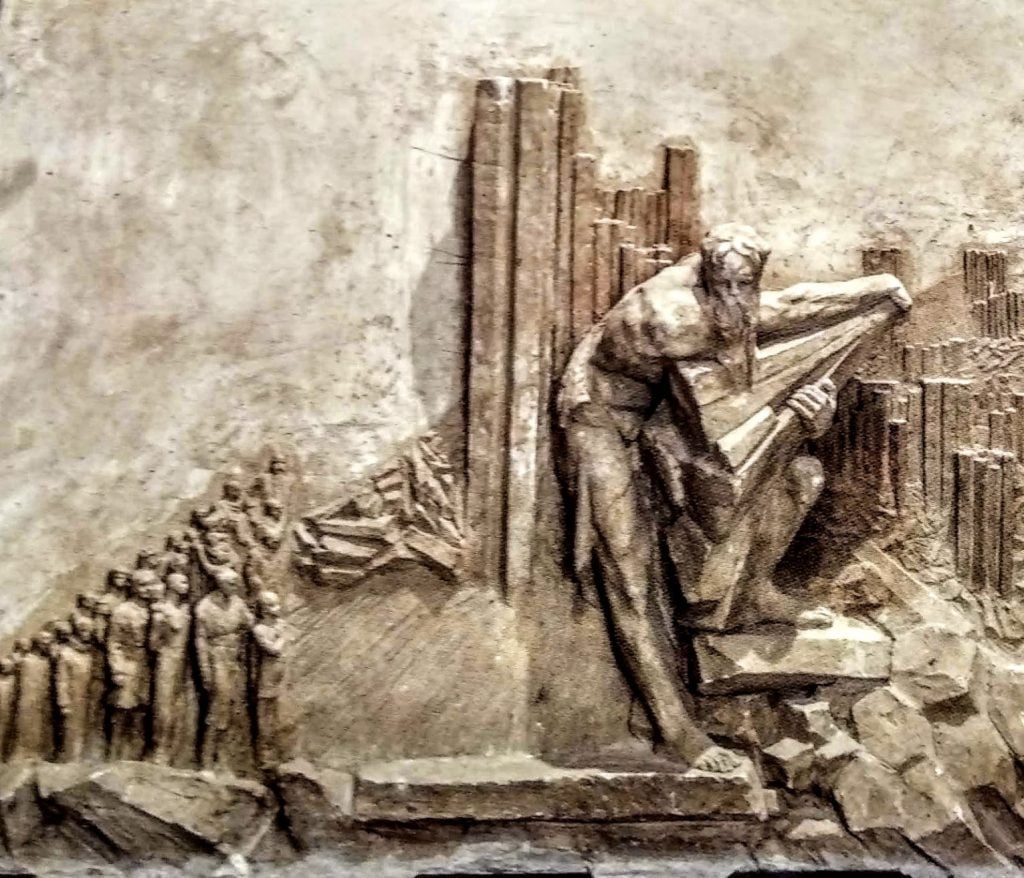
At a young age Einar proved himself to be an unusual child with an artistic bent. At that time there was little or no tradition of sculpture in Iceland, so Einar moved to Denmark where he attended the Copenhagen Academy of Art. In 1902 the Althing, the Icelandic parliament, awarded Einar a grant to study in Rome for 2 years. He returned from Rome to Copenhagen and settled down there. According to The Einar Jónsson Museum in Reykjavik, after residing in Rome: “Jónsson completely rejected naturalistic depiction and publicly criticized the classical art tradition, which he felt had weighed artists down. He emphasized the need for artists to forge their own path and cultivate their originality and imagination instead of following the footsteps of others. His ideas were related to German symbolism, and he developed a figurative language composed of interpretable symbols, personification and allegory.”
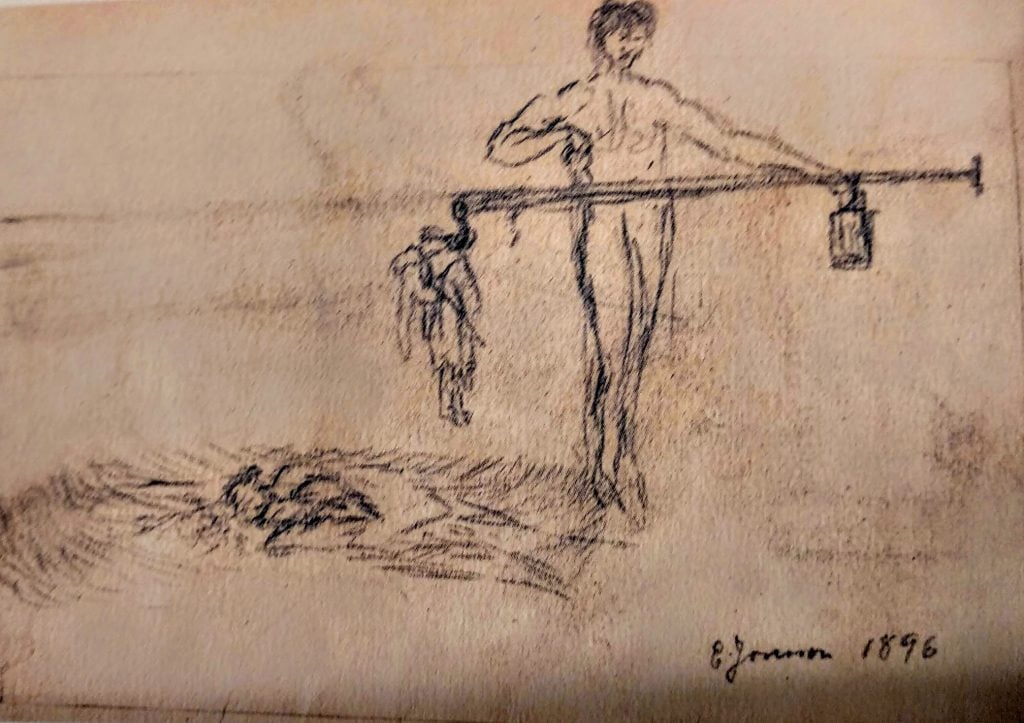
In 1909, after living abroad for almost 20 years he made an arrangement with the Althing to provide him with a home and studio in Reykjavík. In return, he agreed to donate all his works to the country. Einar designed this combination living and working space in collaboration with Architect Einar Erlendsson, though early plans for the house were designed for him by Iceland’s State Architect, Guðjón Samúelsson, but these were never realised.
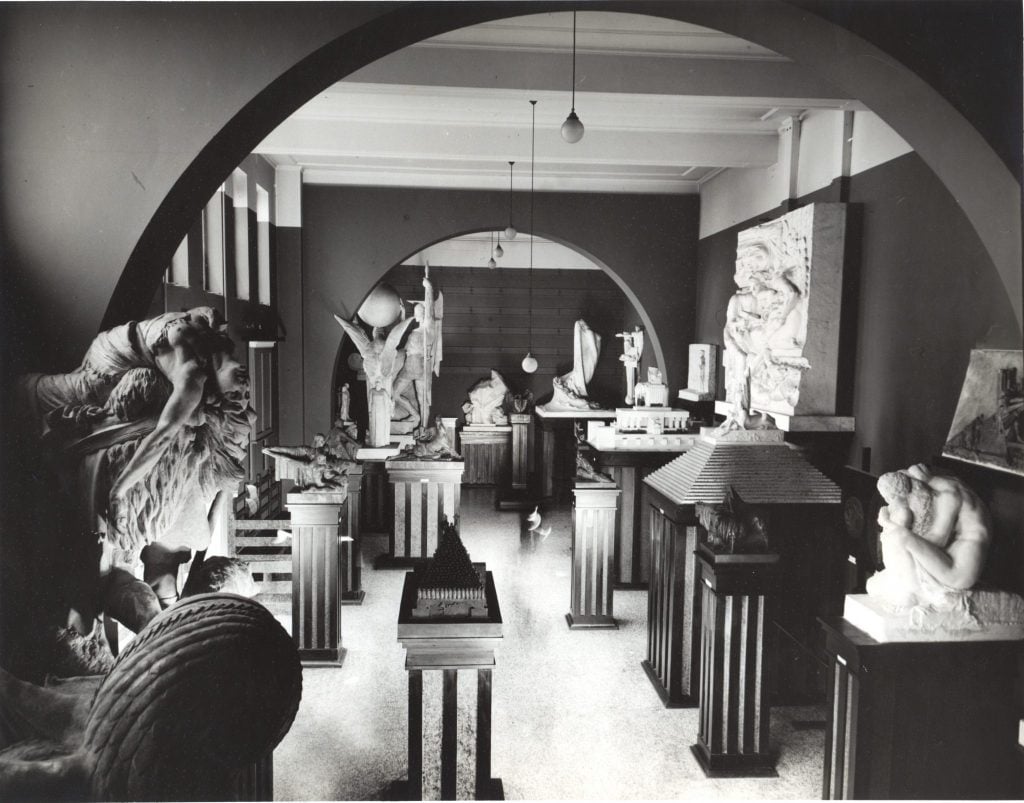 In 1914 Einar was awarded a commission by Joseph Bunford Samuel to create a statue of Icelandic explorer Þorfinnur Karlsefni (Thorfinn Karlsefni) for placement in Philadelphia. Bunford commissioned the sculpture through a bequest that his wife, Ellen Phillips Samuel, made to the Fairmount Park Art Association (now the Association for Public Art), specifying that the funds were to be used to create a series of sculptures “emblematic of the history of America.” Thorfinn Karlsefni (1915–1918) was installed along Philadelphia’s Kelly Drive near the Samuel Memorial and unveiled on November 20, 1920. There is another casting of the statue in Reykjavík, Iceland.
In 1914 Einar was awarded a commission by Joseph Bunford Samuel to create a statue of Icelandic explorer Þorfinnur Karlsefni (Thorfinn Karlsefni) for placement in Philadelphia. Bunford commissioned the sculpture through a bequest that his wife, Ellen Phillips Samuel, made to the Fairmount Park Art Association (now the Association for Public Art), specifying that the funds were to be used to create a series of sculptures “emblematic of the history of America.” Thorfinn Karlsefni (1915–1918) was installed along Philadelphia’s Kelly Drive near the Samuel Memorial and unveiled on November 20, 1920. There is another casting of the statue in Reykjavík, Iceland.
In 1917, the day after he married Anne Marie Jørgensen, he and his bride travelled to the United States to complete the work, and today Einar’s intrepid Norseman stands on East River Drive in Philadelphia. Several years later, in 1921, his second major North American work was erected when the Icelandic community in Manitoba, Canada purchased a casting of his Jón Sigurðsson statue and had it placed in the Manitoba Legislative Building grounds in Winnipeg. As with the version in Reykjavík, this statue included the bas relief The Pioneers on the base.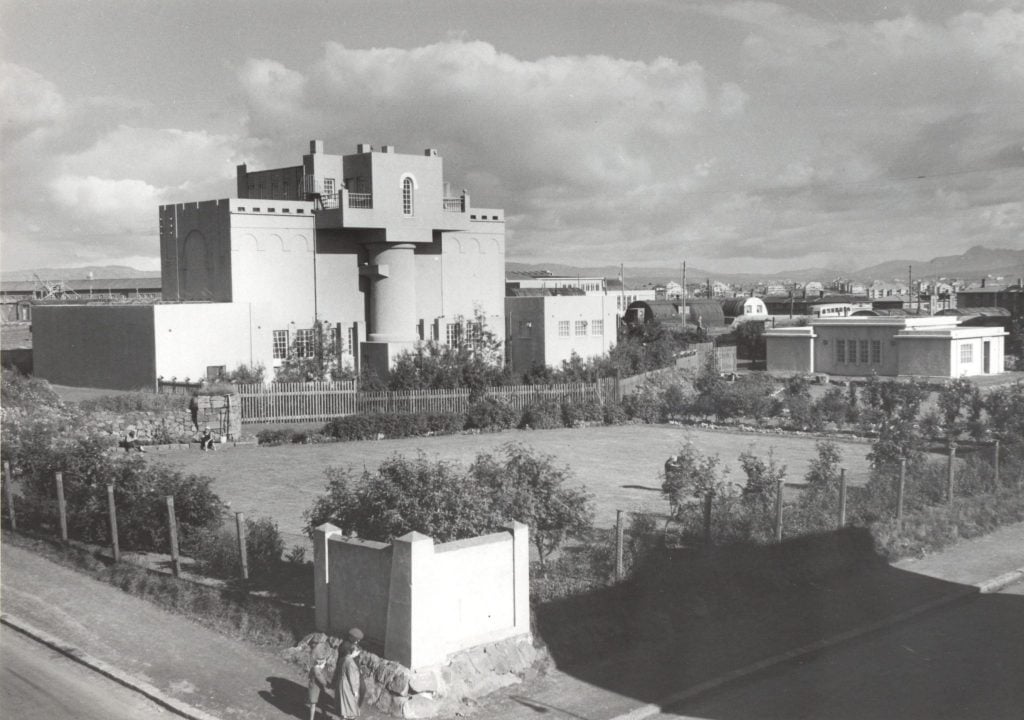
After two years in America, Einar returned to Iceland where he produced an amazing body of work, none of it seen outside the country. Unlike most other sculptors, Einar worked almost entirely in plaster. This had to do partly with the lack of good modeling clay in Iceland, but it allowed Einar to work on his individual sculptures for years. Spending over a decade on a particular piece was not uncommon for him.
See video here

